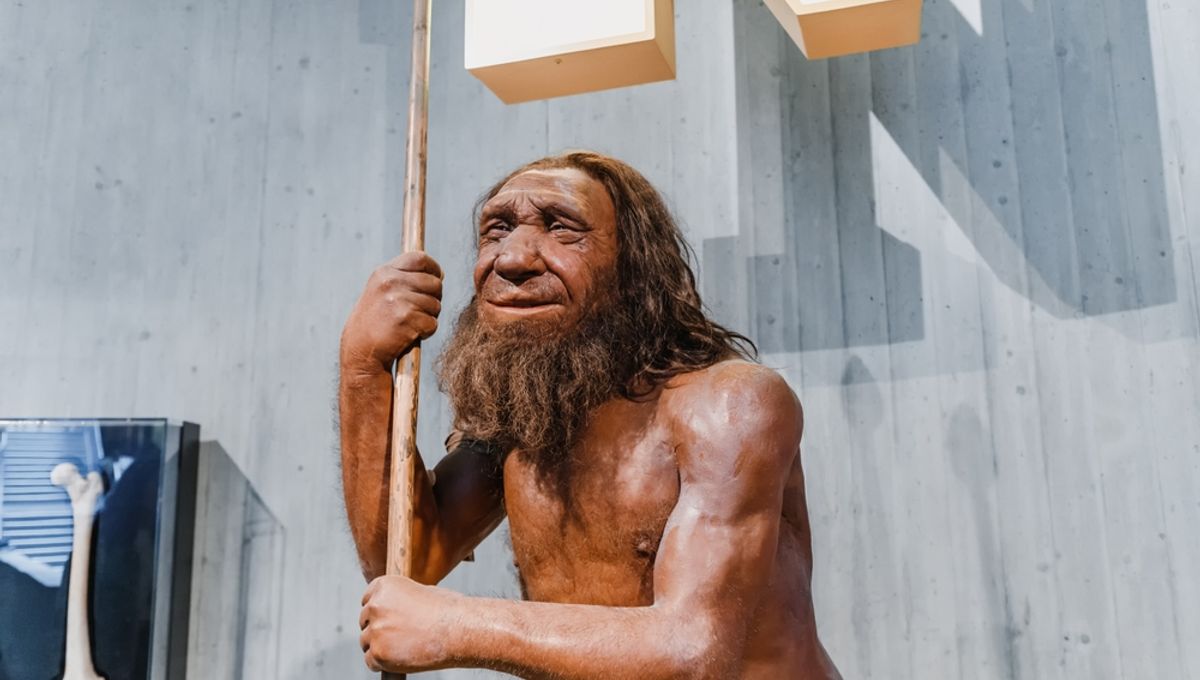
Neanderthals may have invented a complex method for transforming birch bark into glue, indicating that our extinct cousins probably dabbled in chemistry long before the Bunsen burner came along. Analyzing samples of the ancient adhesive, researchers found that it was most likely synthesized in underground chambers that restricted oxygen flow, thus shedding light on the cognitive capacities of this prehistoric human species.
Known as birch tar, the sticky gloop is the oldest synthetic substance ever discovered, with the earliest samples being attributed to Neanderthals. However, scientists are divided over how the glue was made: some believe it was created in purpose-built subterranean structures, while others think Neanderthals may have accidentally produced the tar while burning birch bark.
To determine how the tar was made, researchers analyzed two samples from a Neanderthal site in Germany called Königsaue. These ancient examples were then compared to dozens of reference samples that the study authors created using five different Stone Age techniques.
In doing so, they found that birch tar produced underground contained high levels of a natural polymer called suberin, whereas tar made by burning bark above ground did not. Noting that both of the Königsaue samples were rich in suberin, the researchers are pretty convinced that Neanderthals made their glue beneath the soil.
“If suberin is only included in birch tar made with underground techniques in low oxygen environments, its presence in the Königsaue tar is unambiguously pointing towards the use of one of these techniques at Königsaue,” they write.
To make this finding stick, the authors analyzed the chemical structure of the ancient glue using methods such as infrared spectroscopy and gas chromatography–mass spectrometry. In doing so, they found that “the overall chemical signature of both Königsaue tar artefacts is most similar to tars made belowground.”
Based on this outcome, the researchers conclude that Neanderthals “distilled tar in an intentionally created underground environment that restricted oxygen flow and remained invisible during the process.”
Discussing the significance of this finding, they explain that “if these two pieces were made with an aboveground method like the condensation method, it would be difficult to argue that Neanderthal birch tar reflects complex technology.”
“If, however, the Königsaue pieces were made with a method including invisible underground processes and intentionally created low-oxygen environments, such a finding would imply that Neanderthals invented or developed a technical process for transforming their material world.”
“This, in turn, would provide valuable insight into their cognitive and cultural capabilities,” they write.
The study is published in the journal Archaeological and Anthropological Sciences.
Source Link: Neanderthals Were Chemists, Analysis Of Ancient Glue Reveals